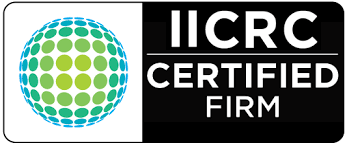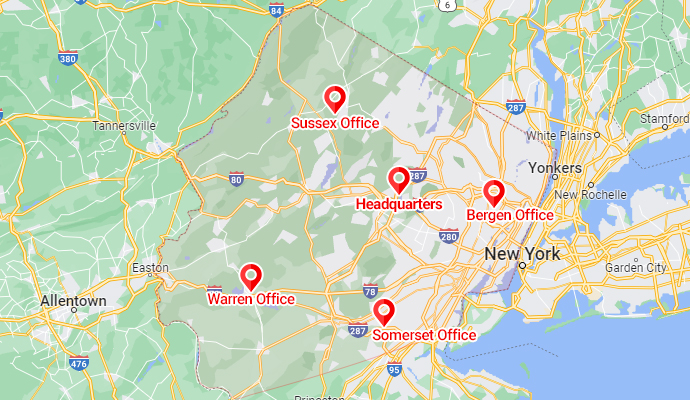Placing Drying Fans to Promote Faster Drying
Water damage can wreak havoc on a home, leading to a variety of issues, including structural damage and mold growth. One of the most effective methods to combat these problems is by using drying fans to expedite the drying process. Proper placement of these fans is crucial in reducing moisture and humidity, especially in wet, damp areas like the bathroom and around the toilet and sink. This article explores the best practices for placing drying fans to promote faster drying and maintain a clean, sanitized environment.
Understanding the Importance of Drying Fans
Drying fans are essential tools in water damage restoration. They help to circulate air, evaporate moisture, and reduce humidity levels, preventing further damage and mold growth. Using fans effectively can significantly decrease the drying time, making it easier to clean and sanitize affected areas.
Key Areas for Fan Placement
- Bathrooms
- Bathrooms are high-moisture areas due to regular use of showers, bathtubs, and sinks. After a water damage event, placing drying fans in the bathroom can help evaporate moisture from tiles, walls, and fixtures. Position fans to direct airflow towards the most affected areas, such as around the toilet and under the sink.
- Basements and Crawl Spaces
- These areas are prone to damp conditions and high humidity. Placing drying fans in basements and crawl spaces ensures that the air circulates thoroughly, reducing moisture levels and preventing mold growth.
- Kitchens
- Kitchens often experience water damage due to leaks or spills around the sink and dishwasher. Fans should be placed to target wet areas, ensuring that cabinetry and flooring are dried completely.
Best Practices for Fan Placement
- Strategic Positioning
- Place fans in a way that maximizes airflow across wet surfaces. For instance, if a section of the wall is damp, position the fan to blow directly onto that spot. Multiple fans may be required to cover larger areas effectively.
- Elevating Fans
- Elevate fans to direct airflow under furniture and other obstructions. This is particularly useful in drying carpets and floorboards that have absorbed water. Using stands or placing fans on stable surfaces can help achieve this.
- Creating Cross Ventilation
- Arrange fans to create cross ventilation, which enhances the drying process. Position fans at opposite ends of the room to blow air out of windows or doors, effectively replacing humid air with dry air.
- Continuous Operation
- Keep the fans running continuously until the area is completely dry. Moisture meters can be used to monitor the progress and ensure that all damp areas have been adequately dried.
Complementary Tools and Techniques
- Dehumidifiers
- Alongside drying fans, using dehumidifiers can significantly reduce humidity levels. Dehumidifiers extract moisture from the air, making the drying process faster and more efficient.
- Heaters
- In cooler climates, heaters can be used in conjunction with fans to raise the temperature, accelerating the evaporation of water.
- Regular Monitoring
- Regularly inspect the drying progress. Ensure that all wet and damp areas are addressed, including hidden spots behind walls and under floors.
Conclusion
Properly placing drying fans is crucial in promoting faster drying and mitigating the effects of water damage. By strategically positioning fans in wet and damp areas, such as the bathroom, around the toilet, and under the sink, you can reduce moisture and humidity effectively. This helps maintain a clean, sanitized environment and prevents further damage and mold growth. Combining fans with other tools like dehumidifiers and heaters, and continuously monitoring the drying process, ensures a comprehensive approach to water damage restoration.
At PDQ Restoration, we take pride in offering expert water and fire damage restoration services to homeowners in North Jersey. With numerous positive reviews on Google, we are highly regarded for our professionalism, efficiency, and dedication to customer satisfaction. Trust us to keep your home safe and structurally sound.
















